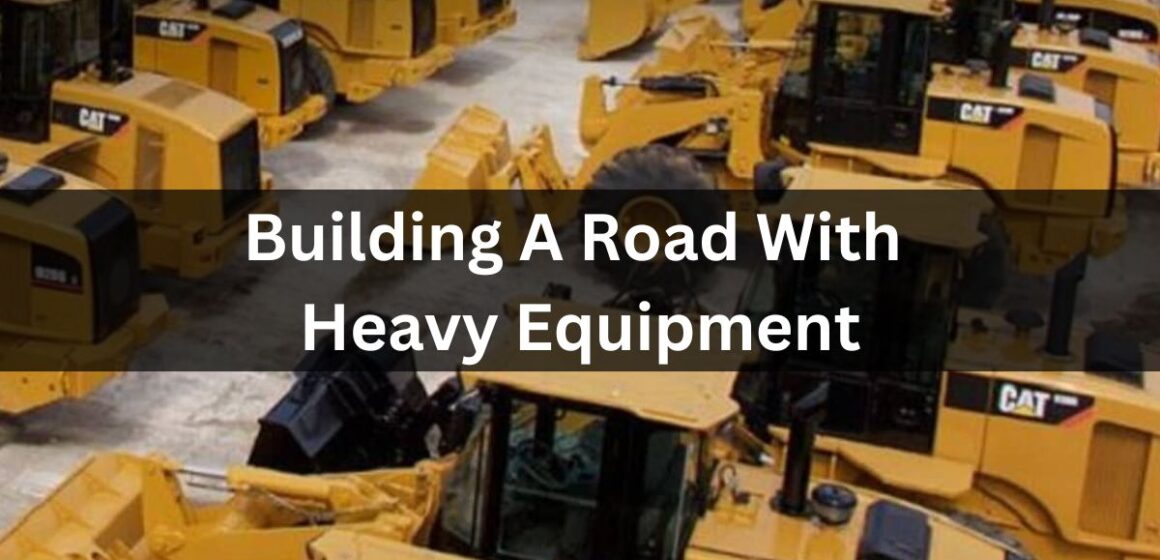Roads are perhaps the most important part of the nation’s infrastructure, states, and municipalities. People and goods are most often transported by cars, buses, and trucks, and those vehicles need roads on which to travel.
From isolated dirt lanes in the country to the mighty interstate highways that connect the nation, it takes a lot of work to build roads. Road Construction crews large and small require materials and tools to get the job done right and in a timely fashion.
They need the help of heavy equipment and two of the most useful of these road machines are the bulldozer and the road grader.
Uses of the Bulldozer:
Before a road can be laid out, the land it runs through must be cleared. Trees, shrubbery, and large boulders often stand in the way of the future road.
Crews armed with chainsaws can take down trees but a bulldozer is faster and more effective. These powerhouse machines run on treads, much like a tank.
They can move over nearly any kind of terrain pushing everything out of their paths as they clear out the land. Soil can be pushed into piles where it can be hauled away by dump trucks.
In addition to their huge front blades, bulldozers tow attachments called ripper shanks. These huge bulldozer accessories resemble claws.
As they are pulled through the terrain, they break up hard patches of soil and rocky areas to make them easier to plow through.
With these front and back attachments, bulldozers are well-equipped to clear the way for roads of all kinds.
Uses of the Road Grader:
Once the land has been cleared, the next phase of road building can begin. The surface must be leveled. Flat surfaces are necessary to make travel smooth and to avoid damage to vehicles.
Paving too, require a flat, smooth surface. Road grader blades are attached to the bottoms of long, narrow, diesel-powered machines with large, heavily-treaded tires.
These blades can be angled to either side, allowing the operator to scrape the roughened ground surface and flatten it out to a smooth surface.
Roads generally have a cant. This is where the center of the road is set a bit higher than the outside edges. During rainy periods, this allows the water to flow off the road into the gutters where it can be swept away into sewers.
Road graders save the thousands of man-hours that would be required to do grading manually using shovels.
Oiling and Paving:
After the land has been cleared and the road paved, the surface must be prepared for travel. Most roads are paved using asphalt or concrete. This creates a smooth surface that can stand up to weather and provide grip for tires.
In rural areas, many roads remain unpaved. Major dirt thoroughfares are usually covered with a thin coating of oil. This keeps the dust down.
Debris flying up when cars pass over can damage the bodies of vehicles or get into air filters and cause problems. Airborne dust can also impair visibility and make driving on the road hazardous.
Final Touches:
There are a few more things to be done before a road is ready for use. Stop signs or traffic lights are placed at intersections and speed limit signs are added.
They also get signs that carry the name of the road for navigation purposes. Once these final details have been finished, the new road is ready to travel.
Building roads is an essential part of civilization. They can be made faster and better through the use of the right equipment. Bulldozers and road graders both are vital to the craft of road building.
Article you might be interested:
10 Best Airbrush
List of Top 9 Best Coffee Maker For Hard Water

